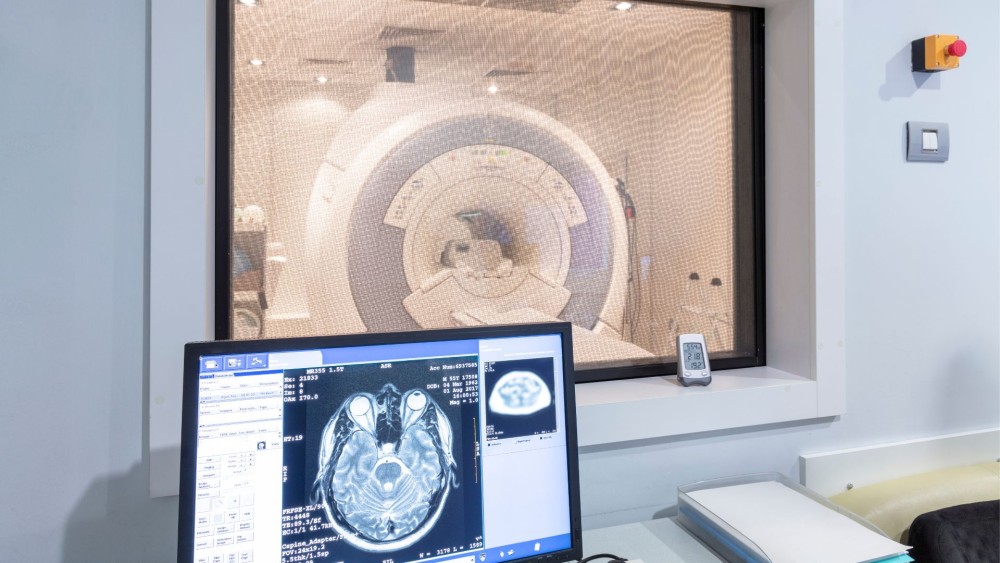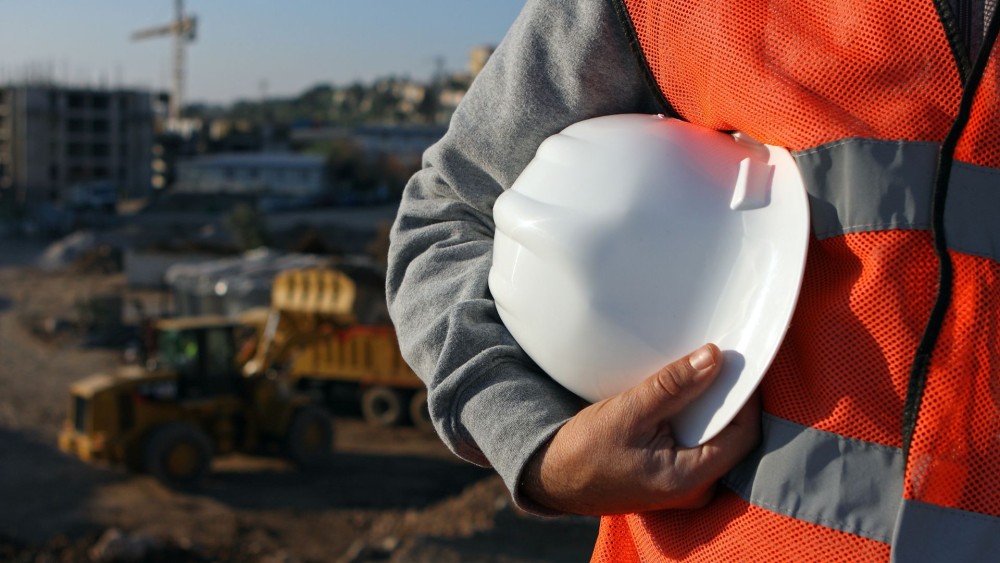Made in Indonesia: Medical Devices Sector Poised for Global Reach
14 Apr 2025

Indonesia's medical device industry is gaining momentum amid structural reforms, digital transformation, and growing healthcare demands. While import dependency remains high, significant policy shifts and local manufacturing incentives have begun to reshape the sector, creating both opportunities and challenges for stakeholders.
Healthcare Expansion and Infrastructure Modernization
At the heart of this transformation lies the government's commitment to expanding universal healthcare access and improving medical infrastructure. President Prabowo's administration has prioritized the enhancement of public health services, allocating IDR 218.5 trillion in 2025 for free health checkups, upgraded health facilities, and new hospitals. These investments are part of a broader strategy to improve national health resilience and support the Golden Indonesia 2045 vision.
The universal health insurance system, Jaminan Kesehatan Nasional (JKN), has significantly widened access to healthcare since its inception in 2014. By early 2025, over 270 million people, or approximately 98% of the population, were enrolled. The system has evolved to cover more services and link hospital payments to treatment outcomes, increasing transparency and efficiency.
Indonesia's vast and aging healthcare infrastructure, particularly in remote areas, has driven demand for modern medical equipment. The country recorded 3,155 hospitals in 2023, including 1,181 public and 1,974 private facilities. Many public hospitals continue to operate with outdated equipment, while private institutions cater increasingly to upper-middle-class patients seeking premium services. This bifurcation has created parallel market dynamics, with public hospitals relying heavily on government procurement platforms and private ones favoring imports.
According to Germany Trade & Invest (GTAI), imports still account for about 70% of the medical device market turnover, down from 88% in previous years. The market size reached USD 2.3 billion in 2024, with imports contributing USD 1.5 billion and local production USD 1.4 billion. Growth is anticipated to continue, with Statista projecting revenues to reach USD 2.37 billion in 2025 and USD 3.19 billion by 2029.
Medical device market in Indonesia, in billion US dollars
|
Categories / Year |
2020 |
2021 |
2022 |
2023 |
2024 |
|
Market Volume |
1.6 |
1.4 |
1.7 |
1.9 |
2.3 |
|
Import |
1.4 |
1.2 |
1.3 |
1.3 |
1.5 |
|
Local Production |
0.7 |
0.7 |
0.9 |
1.2 |
1.4 |
|
Export |
0.5 |
0.5 |
0.5 |
0.6 |
0.6 |
Source: GTAI, UN Comtrade, Press Releases 2025
Policy Shifts and Local Industry Development
Central to the domestic production push is the government’s TKDN (Domestic Component Level) policy, which mandates a minimum level of local content in products used in public procurement. Regulation No. 31/2022 defines detailed calculation methods and verification procedures. The policy has prompted multinational companies like GE and Kalbe to initiate joint ventures in Indonesia to meet local content requirements. As of 2025, the Ministry of Health had registered 16,777 locally made and 56,325 imported medical devices.
The policy has shown results. ASPAKI, the Indonesian Association of Medical Device Manufacturers, noted that imported items in the government e-catalogue fell from 92% to 52% since the 2022 Presidential Instruction promoting the use of domestic products. ASPAKI Secretary General Erwin Hermanto emphasized that "TKDN must be upheld as the foundation to build an independent, sovereign, and sustainable domestic industry."
Still, Indonesia's production capabilities remain largely focused on low-to-mid-tech items such as surgical gloves, beds, diagnostic tools, and consumables. High-end equipment, including MRI, CT scanners, and sterilization systems, is still primarily imported. Nonetheless, innovative local players are emerging. For instance, Onject, an Indonesian manufacturer of safe injection needles, was named among APAC’s top 10 medtech solution providers by MedTech Outlook in 2024.
The government is also steering the industry toward digital transformation. The Ministry of Health’s Digital Transformation Office is pushing for the integration of electronic medical records under the Satusehat platform. As of early 2025, 98.6% of healthcare institutions had connected to this unified system, though technical hurdles persist. Telemedicine services now reach about 15 million people in rural areas, driving demand for compatible devices such as wearables and remote monitoring tools.
Private companies are playing a key role in this digital shift. Halodoc and Lifepack are among the platforms enhancing access to health consultations and medications, while Siemens Healthineers and GE are supporting hospitals with imaging and data management systems. These collaborations highlight the growing convergence of technology and healthcare delivery.
Trade Pressures and Future Outlook
Investment has followed suit. As quoted from BeritaSatu, Indonesia's medical device sector attracted IDR 1.25 trillion in investment in 2024, with a three-year average growth rate of 377%. Export momentum is also building, aided by financing from the Indonesia Eximbank (LPEI), which disbursed IDR 524 billion in support of pharmaceutical and medical device exports through January 2025.
Yet, the sector faces external pressures. A recent 32% import tariff imposed by the U.S. under President Donald Trump’s trade policy has triggered industry concern. While Indonesia fares better than Vietnam (46%) and China (54%) in terms of reciprocal tariffs, the U.S. cited Indonesia’s TKDN and import licensing regime as non-tariff barriers. ASPAKI leaders warn against loosening the TKDN rules in response. "These achievements are clear proof of the effectiveness of the P3DN program," said Hermanto, referring to the national program prioritizing high-TKDN products.
Amid the policy debate, President Prabowo’s recent comments hinting at a possible relaxation of local content rules have raised industry eyebrows. While intended to attract foreign investors, any such policy adjustment could affect the trajectory of domestic manufacturing, which stakeholders argue is just beginning to flourish.
In parallel, challenges such as regulatory compliance, infrastructure limitations, and a shortage of skilled biomedical engineers continue to constrain the industry's competitiveness. Despite lower labor costs and strategic geographic advantages, industry players must improve supply chains, protect intellectual property, and meet global standards to succeed internationally.
Still, optimism prevails. ASPAKI is targeting 8% growth in 2025, driven by increased government collaboration, expanded local capacity, and efforts to promote exports. With proper support and consistent policies, Indonesia’s medical device industry may be well positioned not only to meet domestic needs but also to stake a larger claim in the global healthcare market.








